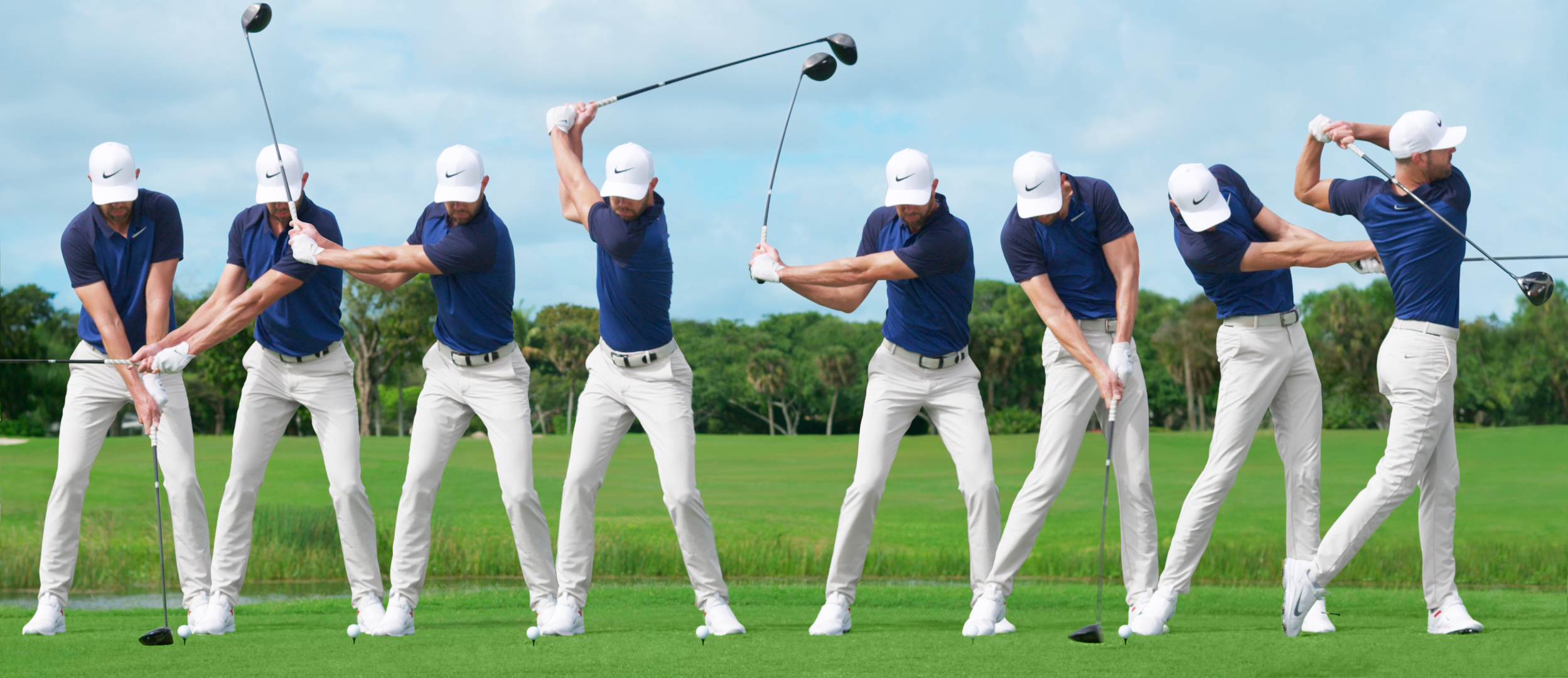Golf courses: Gleneagles in Scotland
Exploring the Variety of Top Courses at Gleneagles: A Detailed Analysis At the prestigious Gleneagles resort in Scotland, golf enthusiasts will undoubtedly find some of the best golf courses meticulously designed to challenge and delight players of all levels. From the excellence of the design to the beauty of the … Read more









